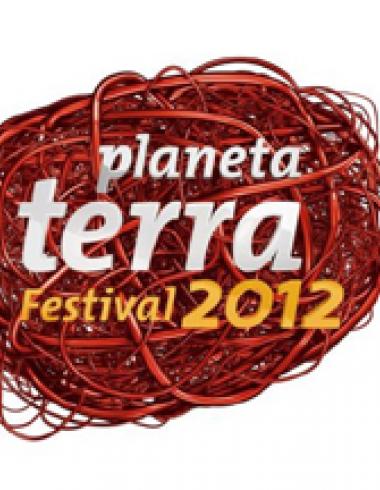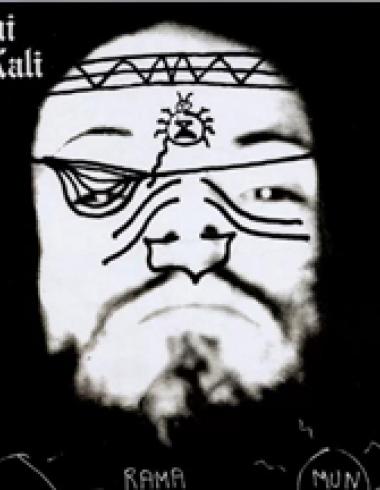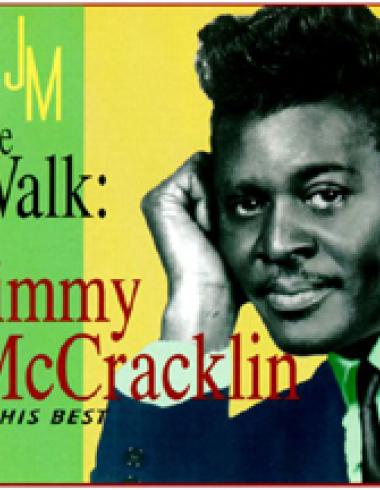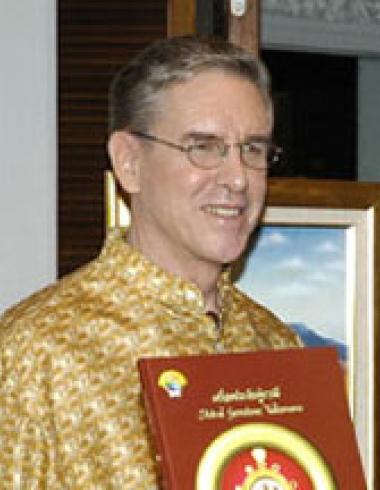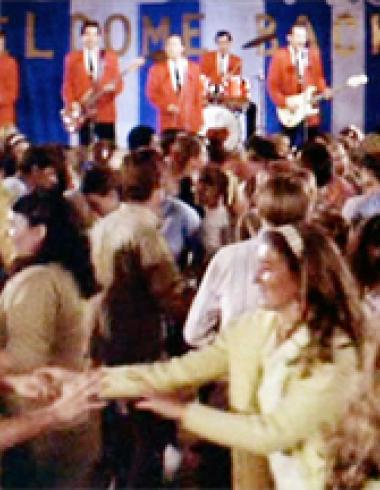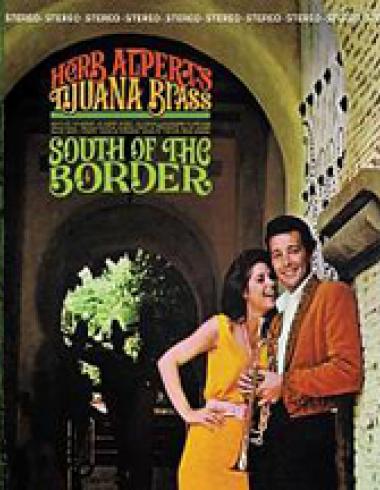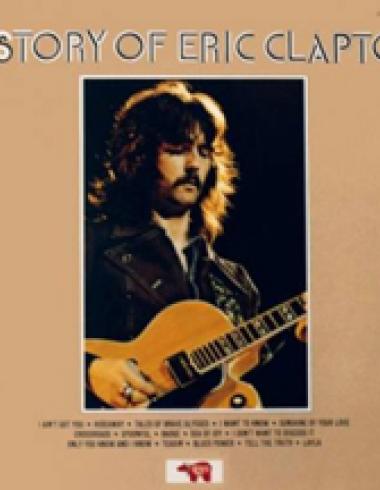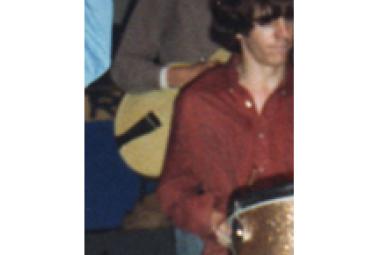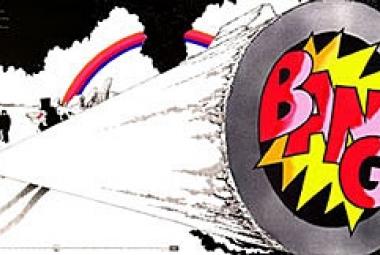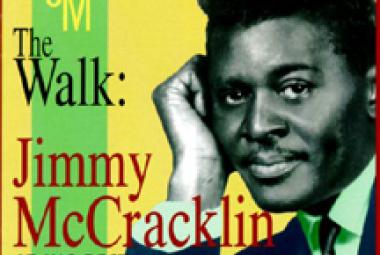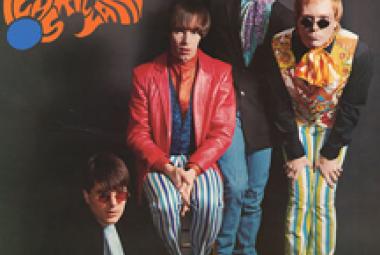The Monkees are an American pop/rock band that released music in their original incarnation between 1966 and 1970, with subsequent reunion albums and tours in the decades that followed. Formed in Los Angeles in 1965 for the American television series The Monkees, they soon fought for and earned the right to collectively supervise all musical output under the band’s name. Although the sitcom was canceled in 1968, the band continued to record music through 1971. The Monkees have sold more than 75 million records worldwide and had international hits, including “Last Train to Clarksville”, “Pleasant Valley Sunday”, and “Daydream Believer”. At their peak in 1967, the band outsold the Beatles and the Rolling Stones, combined. (More from Wikipedia)
The next album by Les Sinners (though with the name shortened to just Sinners) for Jupiter, Vox Populi (Latin for “Voice of the People”) came out in 1968 and is among the crush of “concept albums” that followed in the wake of the Beatles’ 1967 masterpiece, Sgt. Pepper’s Lonely Hearts Club Band. The album has acquired legendary status among fans of Quebec’s musical scene. The album is entirely in French and is probably the first and certainly one of the best French Canadian concept albums ever released. A whole barrel of musical influences are present: the Beatles, the Monkees, the Byrds, the Who, Indian music, etc. The cover appears to show Jesus speaking in a snowy cemetery.
(April 2013)
Thus, I was beginning to tire of Wikipedia, but not before I put together another greatly expanded article on Linda Ronstadt’s first band the Stone Poneys (as well as their three albums). The Stone Poneys had a big hit with “Different Drum”, written by Michael Nesmith of the Monkees, but all three of their albums are just wonderful and have become some of my very favorite Linda Ronstadt music. I heard just this week that Linda Ronstadt has Parkinson’s Disease, and that the disease has progressed to the point where she can no longer sing – so sad. Here is the Stone Poneys article: en.wikipedia.org/wiki/Stone_Poneys .
(September 2013)
Everyone knows the 1967 hit song by the Stone Poneys, “Different Drum” – written by Michael Nesmith of the Monkees – which appeared on their second album, Evergreen, Volume 2. By then, Linda was singing virtually all of the vocals solo (except on the album’s surprising psychedelic-flavored title track, “Evergreen (Part One)” which was sung by Kenny Edwards), but it wasn’t always like that. Many critics think that their first album, The Stone Poneys is even better; on that album, Linda Ronstadt sang solos on only three songs plus one verse of a fourth.
So you want to be a rock ’n’ roll star
Then listen now to what I say
Just get an electric guitar
And take some time and learn how to play
And when your hair’s combed right and your pants fit tight
It’s gonna be all right
So said the Byrds – specifically songwriters Jim McGuinn and Chris Hillman – back in 1967, and the formula still works pretty well to this day.
The lyrics are more than a little cynical – check the next to last line – and the fact is, no one has really discovered the secret formula. “So You Want to be a Rock ’n’ Roll Star” was written in the wake of the creation of The Monkees television show and the Monkees band, who became known by many as the Pre-Fab Four (the Beatles of course being the original Fab Four).
In truth, only Michael Nesmith and Peter Tork started out as musicians; Davy Jones and Micky Dolenz were actors (in fact, I remembered previously seeing Dolenz in a TV show called Circus Boy). However, by the time they went on tour in late 1966, all four members of the Monkees were accomplished musicians and put on as good a show as most American rock bands of that period; I saw them myself (I believe in Greensboro, NC), and I enjoyed the show – probably the first major rock concert that I attended.
(April 2014)
* * *
The soundtrack for the Roger Corman film The Wild Angels (1966) was a breakthrough for Davie Allan and the Arrows and yielded their biggest hit song, “Blues’ Theme”. From Wikipedia: “The song from the film’s opening, ‘Blues’ Theme’ (sometimes listed as ‘Blue’s Theme’), an aggressive, repetitive and very catchy instrumental showcasing [Davie] Allan’s new fuzzed-out (heavily distorted) guitar sound became their biggest hit (it was also one of the first songs Eddie Van Halen learned to play on brother Alex [Van Halen]’s guitar). The song stayed on the Billboard charts for 17 weeks (it peaked at #37); the single, backed with ‘Bongo Party’, and the soundtrack album [The Wild Angels] both sold well. Rumors have stated that the melody in ‘Blues’ Theme’ was stolen from the Monkees’ guitar lick in ‘Last Train to Clarksville’; but ‘Last Train to Clarksville’ was recorded on July 25th, 1966, and The Wild Angels debuted in the theaters on July 20th, 1966.”
(December 2014)
* * *
David Gates had been in various local bands in Tulsa, and his high school band backed Chuck Berry for a concert in 1957. David Gates also wrote “Saturday’s Child”, and the Monkees included this song on their first album, The Monkees. Writing for Allmusic, critic Matthew Greenwald says that “Saturday’s Child” has a “proto-heavy metal guitar riff” and is “one of the more interesting curios of the early Monkees catalog”.
(January 2015/1)
* * *
Glen Campbell quickly became highly sought after as a guitarist and played for a wide variety of artists in the 1960’s; Wikipedia lists recordings by Bobby Darin, Rick Nelson, Dean Martin, Nat King Cole, the Monkees, Nancy Sinatra, Merle Haggard, Jan & Dean, Elvis Presley, and Frank Sinatra.
(February 2015)
* * *



